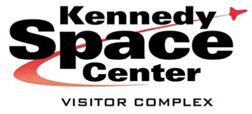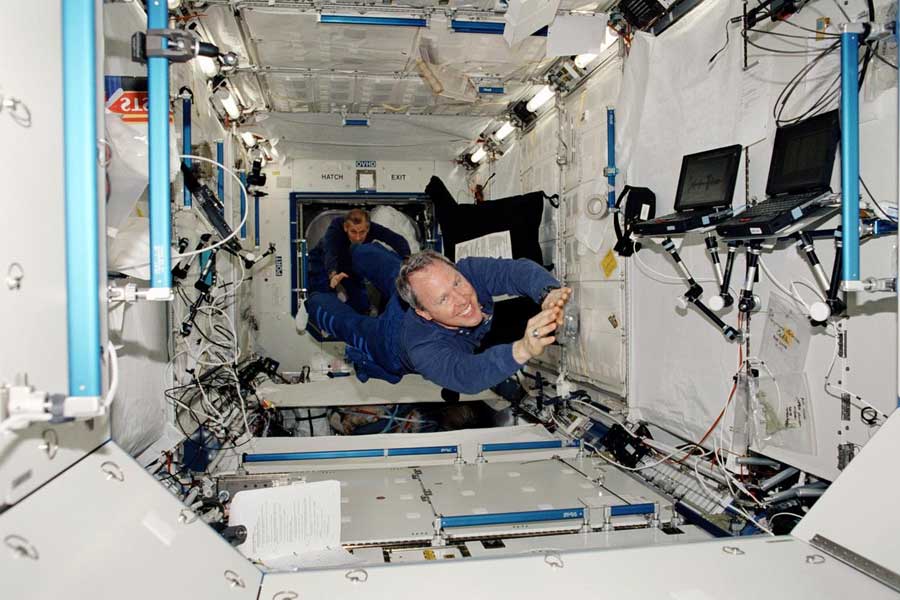 
Back
To News/PR Index
|

|
The Payload Blog: Isolate
Like An Astronaut
|
Cape
Canaveral, FL – April 2020 / Newsmaker Alert / There may be fewer experts
than astronauts on the topic of living and working in insolation. For more
than 60 years, astronauts have been operating in small spaces and far away
from their loved ones. As citizens of the United States and many other
countries stay at home to help prevent the spread of COVID-19, we wanted
to take a look at how astronauts are quarantined,
isolated and even sometimes lonely for the sake of science and exploration.
Pre-Launch
Protection
In
order to help prevent the contraction and spread of any illness, astronauts
are held in isolation before they launch into space. During the Space Shuttle
Program, astronauts were typically held for 7 days prior to their launch
as part of the Crew Health Stabilization Program. Astronauts were not only
isolated from possible sources of disease, but they were trained in how
to detect symptoms and early signs of diseases. Of course, not only did
this keep the crew healthy, but it also helped prevent any delays in launch
schedules. Throughout the entire Space Shuttle Program, only one launch
was delayed due to an illness.
|

STS-98 astronauts Thomas
D. Jones and Kenneth D. Cockrell inside the International Space Station.
|
Keeping
Normalcy
Scientists
and engineers consider both physical and psychological health during long
space flight durations. Astronauts are far from home, often living in tight
quarters with only a few other people. They also have to adjust to non-traditional
foods, new sleeping and bathing habits, and even the lack of a fresh breeze
or greenery.
With
modern technology aboard the International Space Station, many creature
comforts have been improved like ongoing telecommunications with Earth,
growing plants in microgravity (for nutrition and psychological benefits)
and food supplies. However, in the early years, spacecraft were much more
cramped with limited communication with Earth. During your next visit to
the visitor complex, see examples of how small these spacecrafts were,
both through artifacts and climb-in models.
Continue
Reading Here
Note:
Kennedy Space Center Visitor Complex is temporarily closed until further
notice, in response to the prevention and control of COVID-19.
(Learn More)
About
Kennedy Space Center Visitor Complex
Kennedy
Space Center Visitor Complex brings to life the epic story of the U.S.
space program, offering a full day or more of fun, inspiration and educational
activities. This includes the Apollo/Saturn V Center, which features an
actual Saturn V Moon rocket, and was recently upgraded and expanded in
celebration of the 50th anniversary of the Apollo 11 launch and Moon landing.
Also included with admission are Heroes & Legends, featuring the U.S.
Astronaut Hall of Fame®, presented by Boeing, the Kennedy Space Center
Bus Tour, Space Shuttle Atlantis®, Shuttle Launch Experience®,
3D space films, Astronaut Encounter, Journey To Mars: Explorers Wanted,
Science on a Sphere®, and the Rocket Garden. Add-on experiences available
for an additional fee include the new Astronaut Training Experience®
Exploring with Lockheed Martin, Cosmic Quest, Dine With an Astronaut and
special interest bus tours. Only 45 minutes from Orlando, Fla., Kennedy
Space Center Visitor Complex opens daily at 9 a.m. with closing times varying
by season. Admission is $57 + tax for adults and $47 + tax for children
ages 3 – 11. Kennedy Space Center Visitor Complex offers annual passes
starting at $82 + tax for adults and $67 + tax for children ages 3 – 11.
For more information, call 877-313-2610 or visit www.KennedySpaceCenter.com.
Follow
Kennedy Space Center Visitor Complex on Facebook,
Twitter,
YouTube,
Instagram
and
Pinterest
Media
Contacts:
Lauren
Eisele Walbert
Sandy
Hillman Communications
443-683-0294
Rebecca
Shireman
Manager
of Communications & Public Relations
Kennedy
Space Center Visitor Complex
321-449-4273
or 321-213-5926 |




